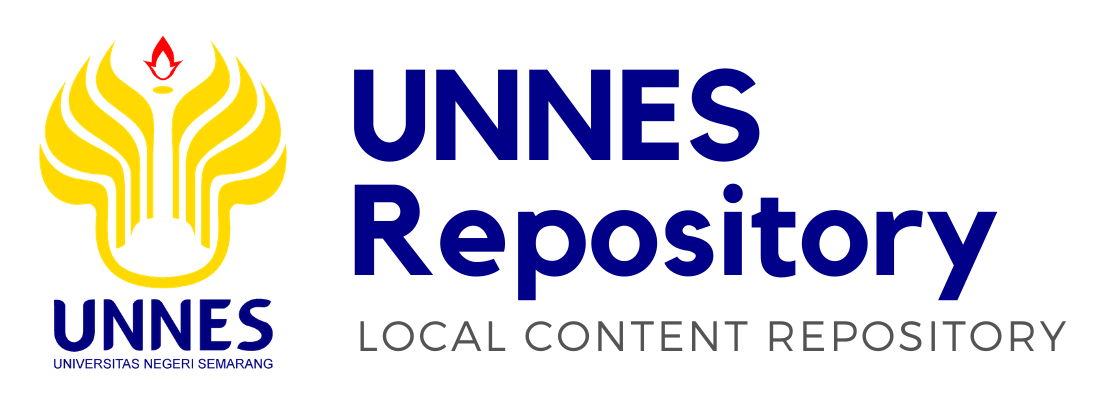REINFORCEMENTS USED IN TEACHING ENGLISH FOR STREET CHILDREN (The Case of the Non-formal Education for Street Children in “Satoe Atap” Community)
Fitria Nugrahani, 2201407086 (2011) REINFORCEMENTS USED IN TEACHING ENGLISH FOR STREET CHILDREN (The Case of the Non-formal Education for Street Children in “Satoe Atap” Community). Under Graduates thesis, UNIVRSITAS NEGERI SEMARANG(UNNES).
Preview |
PDF (REINFORCEMENTS USED IN TEACHING ENGLISH FOR STREET CHILDREN)
Download (1MB) | Preview |
Abstract
Nugrahani, Fitria 2011. Reinforcements Used in Teaching English for Street Children (A Case of the Non-Formal Education For Street Children in “Satoe Atap” Community). Final Project. English Department. Faculty of Languages and Arts. Semarang State University. Advisors I. Dr. Dwi Rukmini, M. Pd, Advisor II Dr Dwi Anggani L.B. M.Pd. Keywords: Reinforcement, Street Children, Teaching-learning activity. The law has said that the street children have the same rights in education but the fact shows that almost 50 % of the street children are not educated yet. The non-formal education is one way to help street children’s education, but most of street children are still afraid and not confident enough to express their ideas or feelings because of their conditions, so it is a must for the teacher to give reinforcements which can make them to be more confident and brave in expressing their ideas and feelings. That is why this study concerns with the use of reinforcements in teaching English for street children. The writer had conducted a research for the Street Children at “Satoe Atap” Community to find out how the use of reinforcement in the English classroom teaching and learning process. She gathered the data by observing two meetings of the English teaching in the “Satoe Atap” community taught by a substitute English teacher. The writer collected data by video recording and field notes. Those instruments enable the writer to catch all of the teacher's and student's talks in which the reinforcements were used. It also enables the writer to identify and classify the data based on theory of reinforcement. The writer also counted the frequency of using those kinds of reinforcements to find out what reinforcement that was mostly used by the observed teacher. She also used the additional instrument. It was used as a questionnaire of students comment about teacher's reinforcement. Through that instrument, the writer could find out how the teacher employed the reinforcement in the conditional classroom (on the street, outdoor and open air classroom) meetings from the students' point of view. Based on the result of the data analysis, the teacher consciously or unconsciously employed the teacher's reinforcement when she ran her class. The teacher usually used verbal, proximity and gesture reinforcement in the same time to make her explanation clearer and attractive. The Teacher used contact reinforcement to give appreciation and show sympathy and care toward street children. The teacher also used token (glowing sticker) and activity reinforcement. From the questionnaire analysis, the street children seem to enjoy the process of teaching and learning they had. It can be concluded that reinforcements could give a good effect for the street children towards the teacher. The use of reinforcements makes an interesting interaction between the teacher and the students, it also makes the student-teacher relation became closer which will make the students comfortable and motivated to follow the learning process especially in English.
| Item Type: | Thesis (Under Graduates) |
|---|---|
| Uncontrolled Keywords: | Reinforcement, Street Children, Teaching-learning activity. |
| Subjects: | P Language and Literature > PE English |
| Fakultas: | Fakultas Bahasa dan Seni > Sastra Inggris (S1) |
| Depositing User: | Users 3263 not found. |
| Date Deposited: | 14 Nov 2011 00:37 |
| Last Modified: | 25 Apr 2015 06:52 |
| URI: | http://lib.unnes.ac.id/id/eprint/7790 |
Actions (login required)
 |
View Item |
